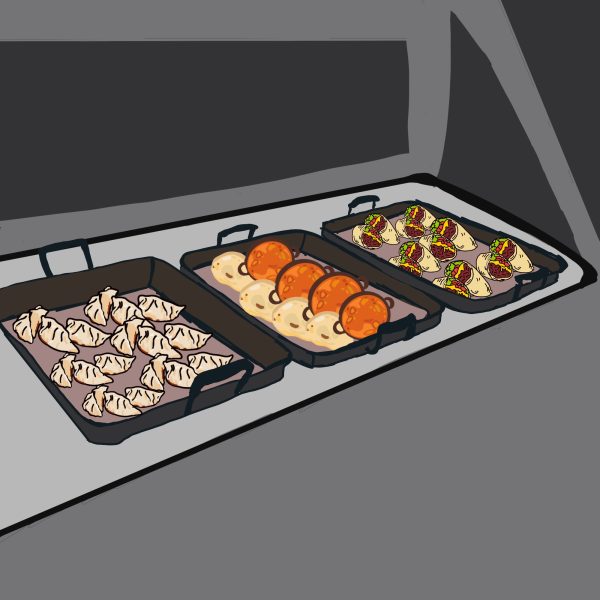Ctrl: The Imagined World of Super Bowl Commercials
So the Super Bowl happened this weekend. I’m sure you heard about it—it’s pretty hard to miss, even if you’re not a fan of football. That’s because the Super Bowl is so much more than a football game. Sure, that’s its primary function, but the actual players on the field and the numbers on the scoreboard hardly seem like the focus. Instead, the Super Bowl is a kind of societal signpost, where we all get together and go through the motions of a ritual that affirms our belonging to modern American society.
Did you really watch the Super Bowl if you didn’t have chicken wings, or at the very least chips and salsa? And why do so many people who are thoroughly uninterested in football join in on the ritual every year? At every single Super Bowl party I’ve been to, people legitimately interested in the game have been outnumbered. This begs the question—if they’re not watching for the game, why are they watching? There has to be a reason the Super Bowl holds 17 of the top 20 spots for most watched events in U.S. television history.
I see the Super Bowl as a holidayesque event like New Year’s Eve or the fourth of July where participation isn’t really option, it just sort of takes place around you as it dominates attention for a day. The difference is that it’s not a holiday, but rather carefully staged commercial entertainment, designed to make the most of the country’s attention for four hours. Which is why I find Super Bowl ads so fascinating.
The Super Bowl is the world’s largest billboard, available only to the highest echelon of companies. This year, a 30-second Super Bowl commercial reportedly cost more than 5 million dollars. We might typically think of Super Bowl commercials as just fun, quirky little intermissions be- tween the action (or lack thereof this year), but considering that these bite size clips can cost more than 80 times the average teacher’s yearly salary might give us pause. And if we dispense with the notion that Super Bowl commercials are anything but an investment, we can start to see patterns. The big pattern this year was robots. And robot babies, for some reason I guess? In the imagined world of Super Bowl commercials, everyone, their mom, and Harrison Ford were knee-deep in the home assistant world. We even had a meta-commercial that seemed to critique the security concerns raised by having digital assistants everywhere in your home, but that premise was at least a little undercut by the fact that this commercial was also selling a smart home device. But it’s not entirely about the devices themselves—these commercials aren’t just trying to sell you a product, they’re trying to convince you that you live in the same world as the characters in them. Clearly, if you’re not starting your day by telling your Alexa-powered toaster to pop in a bagel, then you’re simply behind the times.
The thing is, this isn’t remotely close to how things actually are. It’s not that I’m somehow against us having Alexa-filled homes, it’s just that those commercials are so thoroughly disingenuous that it leaves me baffled as to who they’re trying to fool. I’ve been using—or better put, trying to use—digital assistants for years, but they just don’t work.
Shortly before the game started on Sunday, I politely requested that my Google Assistant remind me to write this very Maroon-News article after the game was over. About halfway into the game, I received a reminder with the text “After the game is over.” That’s it. After having just experienced my “smart” assistant fail so spectacularly at perhaps the most simple of voice-controlled features, it was hard to be anything but cynical of the commercials in front of me. Perhaps if these companies spent as many resources actually making this technology work as they do on commercials, the world we see in Super Bowl ads might just be a little less imagined.
But I guess the Dilly Dilly ads are still cool.
Contact Caio Brighenti at [email protected].









